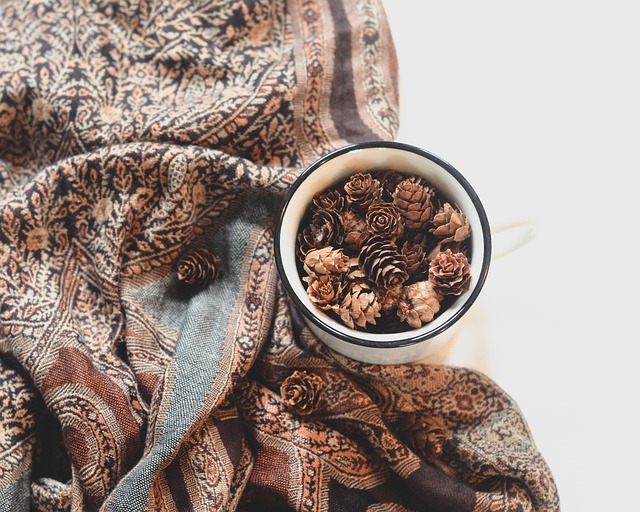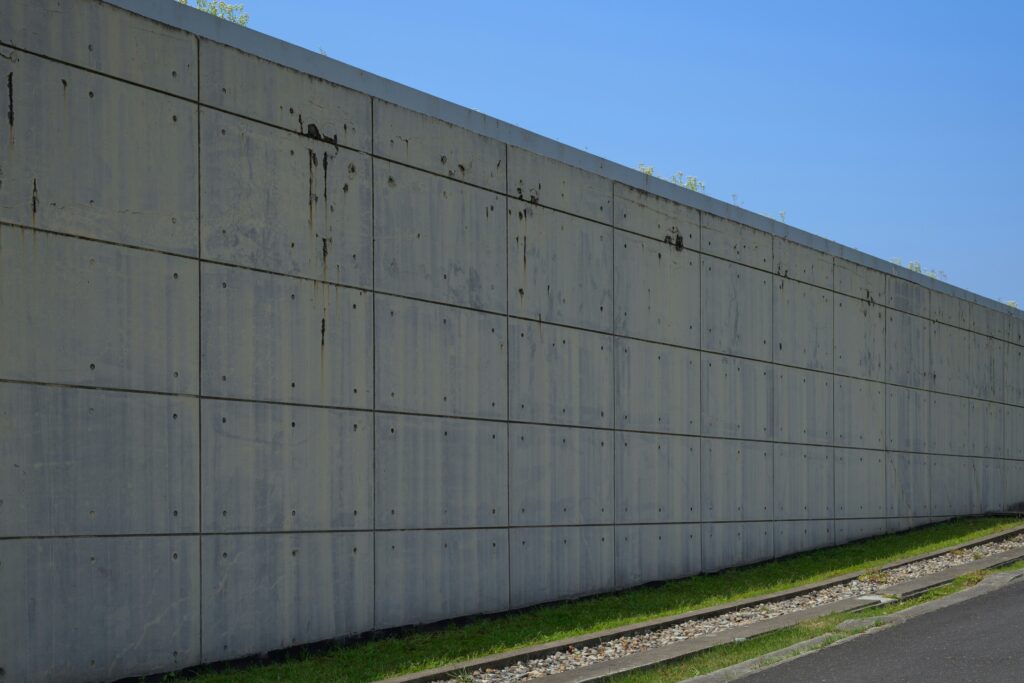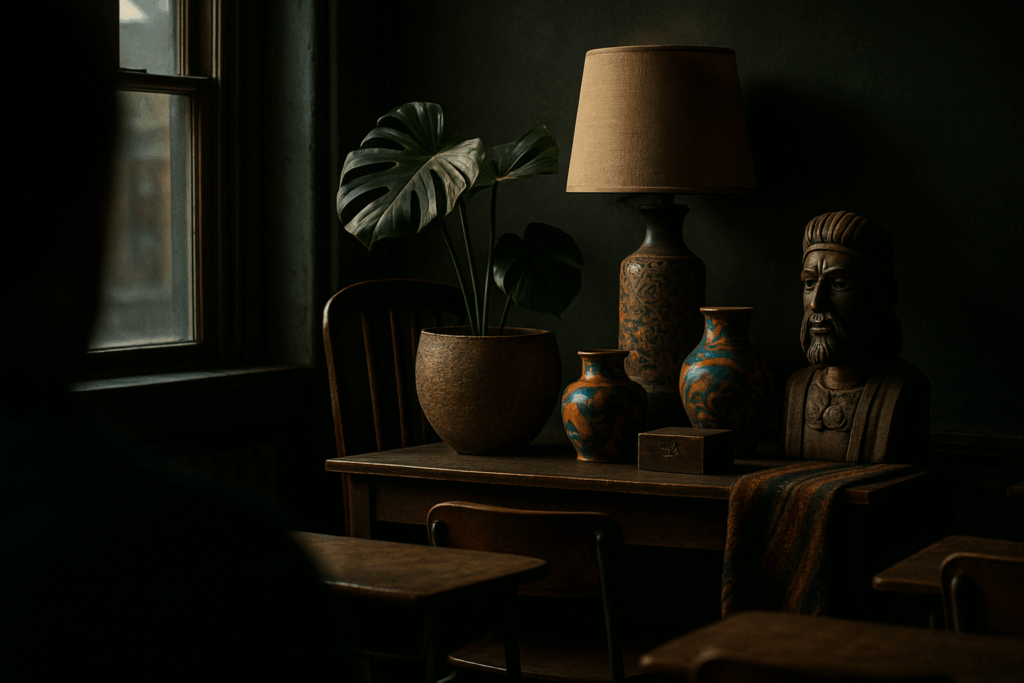Why Texture Matters in Interior Design
Design isn’t just visual—it’s spatial, tactile, and emotional. When done right, layering texture brings a space to life in ways color and scale alone can’t achieve.
The Invisible Power of Touch and Visual Depth
Texture is often described as the ‘feel’ of a space—and not just physically. Whether it’s a sleek, cool marble countertop or a chunky wool knit throw, surfaces have the power to influence emotional response:
– Smooth surfaces evoke cleanliness and calm
– Coarse finishes bring warmth and earthiness
– Layered materials add harmony and lived-in comfort
Even when you don’t physically touch them, textured elements add visual complexity that invites the eye to linger.
Texture as a Silent Storyteller
Every fabric, finish, and fixture contributes to the overarching mood of a space. Texture can make a modern room feel softer, a rustic room feel sophisticated, or a minimal room feel grounded.
– Linen and raw wood help tell a relaxed, organic story
– Polished glass and metal introduce sleekness and structure
– Layering surfaces creates emotional cues: comfort, elegance, or intimacy
In this way, texture becomes more than decor—it becomes storytelling without words.
Beyond Pillows and Throws
When people think of texture, they often imagine throws or accent cushions—but layering goes much deeper than that. True depth comes from:
– Contrasting materials across finishes (e.g., matte ceramics with glossy tiles)
– Combining hard and soft textures across different areas (stone console + velvet stool)
– Elevating the everyday: even cabinet handles and lamp bases can add tactile interest
In essence, texture is everywhere. Recognizing its influence is the first step toward creating inviting, emotionally rich interiors.
Start with the Foundation
Your floors and walls set the tone—literally. They’re the first layers of texture any space offers. Hardwood is a classic: natural grain, a warm base, and that subtle creak underfoot. Wide planks lean rustic, narrow ones more refined. Then there’s concrete—cool, clean, a bit industrial. It grounds minimalist spaces and can contrast beautifully with softer textures. Rugs are the wildcard. They’re the fast-track to softness and warmth, but also a way to dial in color, pattern, or an extra layer of visual interest. Layer a flatweave over a larger neutral rug, or blend chunky, handwoven textures with sleeker surfaces like concrete or tile.
Walls matter just as much. Matte paint feels quiet, softens the mood, and hides imperfections. High gloss grabs your attention, reflects light, and amplifies drama. Plaster adds age and movement, while wood panels bring rhythm and a natural feel. Brick? It depends—painted, it’s charming; raw, it’s gritty and urban. Even the tiniest wall texture changes the room’s vibe.
The key to good texture layering is contrast. If the floors are smooth and sleek, go rougher on the walls. Got warm, earthy tones underfoot? Cool it down with washed-out plaster or painted brick above. Every space has a floor and four walls—use them to anchor your room in texture before layering anything else.
Next, Build with Dominant Materials
Upholstery and furniture textures are where comfort meets visual heft. Velvet couches shift the mood instantly—plush, rich, a bit dramatic. Leather sits on the other end: tough, classic, cool. Linen lands somewhere in between—casual, breathable, nothing too fussy. Choosing one dominant texture for key pieces (like your sofa or accent chair) gives the room an anchor. From there, balance the texture wheel—soft vs. hard, smooth vs. rough, polished vs. raw.
Natural materials like wood and stone pull a lot of weight too. They’re grounding, with grain, variation, and timeless appeal that doesn’t scream for attention. A raw oak table or honed slate sideboard brings a tactile calm to a space already layered with textiles. Let them speak quietly—don’t bury these pieces under clutter.
As for material overload, the answer is in restraint. You don’t need to showcase every texture you love all at once. Anchor with two or three core materials, and let the rest complement rather than compete. Hard and soft, matte and shine—that contrast sparks interest. Don’t confuse that spark with chaos. Edit more than you add.
Accent Layers That Add Dimension
Once your foundational and dominant materials are set, it’s time to infuse the space with tactile richness through accent layers. These subtle additions not only soften a room but also anchor its personality.
Soft Furnishings that Pull Their Weight
Textiles are more than just decoration—they serve both form and function. Used intentionally, items like throws, pillows, and curtains can:
– Soften hard edges and architectural lines
– Introduce warmth, color, or pattern without overwhelming
– Signal relaxation zones — think reading nooks or lounges
Choose fabrics that complement your core materials, but aim for contrast in feel. Velvet cushions on a linen sofa create an inviting juxtaposition. Lightweight, gauzy curtains can balance heavier upholstery while filtering light in gentle ways.
Layering Tactile Variety
Go beyond the visual by mixing textures you can actually feel. Smart combinations of fabrics and finishes add sensory interest and depth. Look for materials such as:
– Woven wool or nubby bouclé for cozy, textured interest
– Hand-stitched, quilted, or tufted accents
– Knitted throws for seasonal warmth and comforting presence
Layer these intentionally—too many can clutter, but the right balance invites the eye to scan a room and explore its textures.
Add the Unexpected for Dimension
Texture isn’t limited to fabrics. Introduce variation through non-textile pieces that still speak to tactility and hand-crafted charm. Consider:
– Metal trays with hammered or brushed finishes to reflect light and add contrast
– Rattan or seagrass baskets providing natural fibers and visual softness
– Ceramic planters with rough glaze, hand-thrown shapes, or artisanal charm
These accents serve as functional décor while enhancing the layered narrative of your space. Composition matters—cluster items by material, color family, or finish for cohesion.
When done right, these layers don’t just decorate—they connect. They make a room feel lived-in, purposeful, and ready to welcome.
Lighting as a Textural Element
Light doesn’t just illuminate a space—it shapes how we see and feel it. Shadows, for instance, can add intimacy or drama depending on how they fall and what they highlight. Soft, diffused shadows make a room feel calmer, more relaxed. Crisp, directional shadows can emphasize strength or structure—great for showcasing architectural details or bold textures.
Layering lighting is about balance and control. Ambient lighting sets the general tone. Task lighting anchors functional spaces—think reading nooks or kitchen counters. Accent lighting adds depth, creating focal points that draw the eye or soften edges. When these layers work together, the room becomes more than four walls. It becomes a mood.
Materials in lighting fixtures play a big role in this too. Glass spreads light evenly and cleanly—great for ambient setups. Fabric shades tend to soften and mute light, adding warmth. Metal, especially with a matte finish, offers more control and drama by directing beams and casting sharper shadows. Choosing the right material isn’t just a style choice—it’s a strategic one for texture and tone.
Balancing Warmth and Function
Cozy doesn’t mean piling on everything within arm’s reach. A lived-in space can feel warm without being crowded. Start by choosing just a few standout pieces—like a heavy-knit throw or a textured area rug—and give them room to breathe. Clutter cancels out comfort. Open space is part of the texture too.
Think of your room as a layering system. In colder months, bring in heavier textures—wool, boucle, deep-pile rugs. When it’s warmer, swap in lighter materials like linen, cotton, or cane. Seasonal texture changes can shift the mood of a space without a full redesign.
When deciding what to bring in, lean on the rule of 3s: balance one dominant color, one main pattern, and one standout texture. This keeps the room visually grounded. Any more than that, and you risk overlap that distracts instead of adds. Texture should elevate the feel of a room, not compete with its function.
Texture + Bold Statements
Texture doesn’t always play a supporting role—in the right context, it can become the focal point of a space. Bold textures on walls or major surfaces serve as both visual anchors and conversation starters, adding drama and depth beyond color and pattern alone.
When Texture Becomes the Feature Wall
Feature walls don’t always require loud colors or graphic prints. Sometimes, the texture alone does the heavy lifting:
– Textured wallpaper – Think grasscloth, embossed patterns, or woven weaves
– Wood paneling or slats – Adds rustic charm or contemporary rhythm, depending on finish and placement
– Plaster or raw concrete finishes – Offers an organic, tactile appeal with a minimalist edge
– 3D wall tiles – Geometric or asymmetrical, they create movement and shadow play
These elements not only add visual interest but also modify how the light interacts with the space, casting highlights and shadows that evolve throughout the day.
Combine Texture with Bold Color and Pattern
Layering texture with strong patterns or vibrant hues creates rich, high-impact design. The key is finding balance so the room feels dynamic—not overwhelming.
Tips for effective combinations:
– Pair a bold-patterned wallpaper with a soft, neutral textured rug or upholstery
– Use a vibrant color on smooth walls, then balance with a heavily textured sofa or accent chair
– Make a neutral feature wall pop by adding layered textiles and patterned art nearby
Introduce contrast through:
– Shine vs. matte finishes
– Organic shapes vs. angular patterns
– Natural textures (like jute or wood) vs. sleek, industrial elements
Remember to keep one element dominant—either the texture or the pattern—so the space feels curated, not chaotic.
For a deeper design dive, check out Statement Walls: Bold Patterns and Colors in Design.
Final Tips for Textural Balance
Mixing materials doesn’t mean throwing everything into a room and hoping it works. It’s about harmony—leather next to linen, metal against wood—without turning the space into a visual headache. The goal? Layers that feel intentional, not chaotic.
Let your senses lead. Texture is something you see and something you touch. Rough woven chair? Run your hands over it. Velvet cushion? Let your eyes trace its depth. If anything feels off or overdone, it probably is.
Start small. Bring in one new texture at a time and live with it before adding more. Reassess often. Maybe that boucle bench feels too busy next to the braided rug. Swap it out. Design is iteration. Edit as you go, and aim for cohesion that feels natural, not forced.
The Takeaway
Layering texture doesn’t shout—it whispers. But that whisper can shift an entire room. When done with intention, even small changes in texture can convert a flat, lifeless space into something with depth and soul. It doesn’t take twenty throw pillows or a designer budget. It takes awareness.
Comfortable, welcoming rooms don’t happen by accident. They’re built. Start with how you want the room to feel—then map that feeling to tactile choices. A chunky knit blanket, a stone tabletop, a soft wool rug—each adds something specific. If every material has a role to play, your space starts to feel like it knows who it’s for.
Finally, textures, like people, carry moods. Spaces have rhythm—notice what feels off or out of sync. Is it too cold? Too busy? Too flat? Adjust. Texture is your dial. Keep your edits honest and in line with how you live, and the space will answer back.




